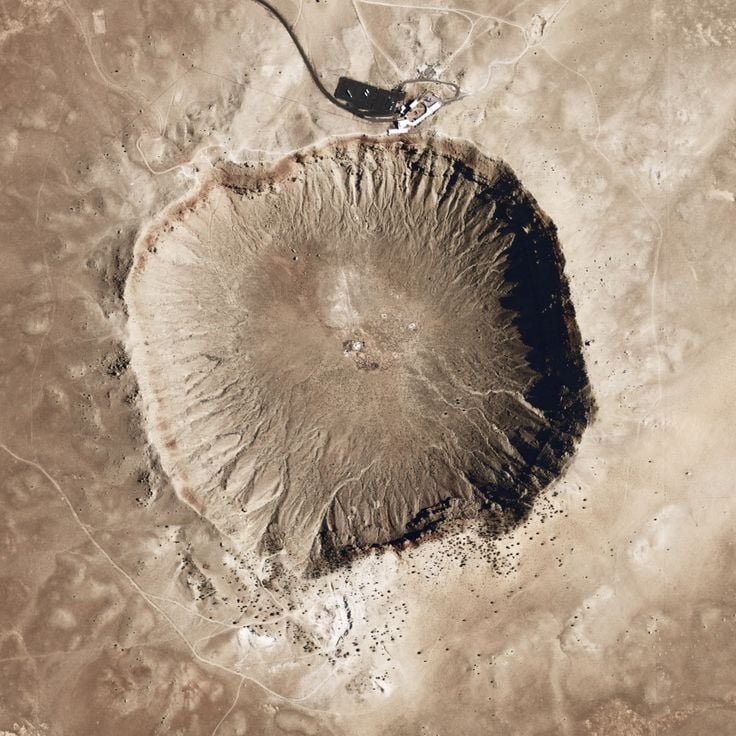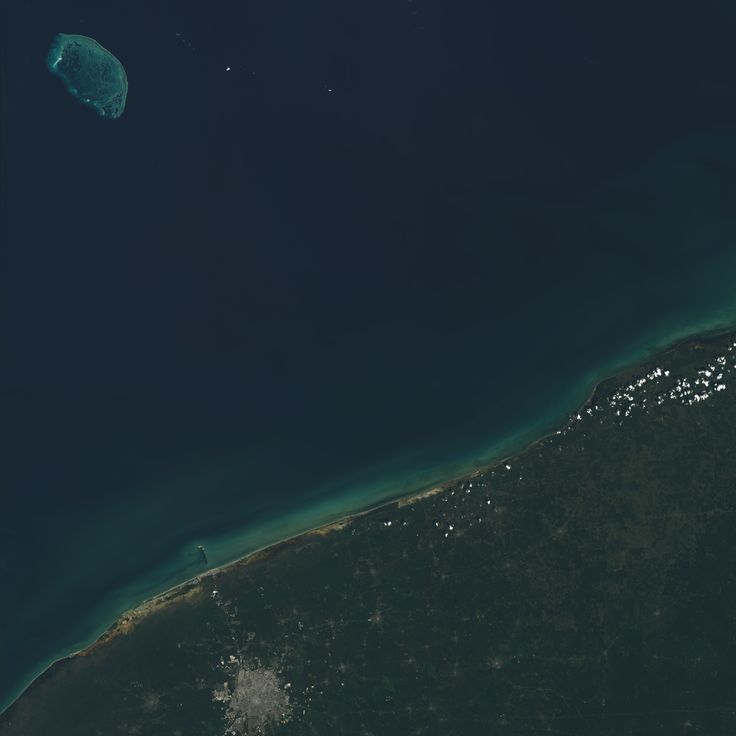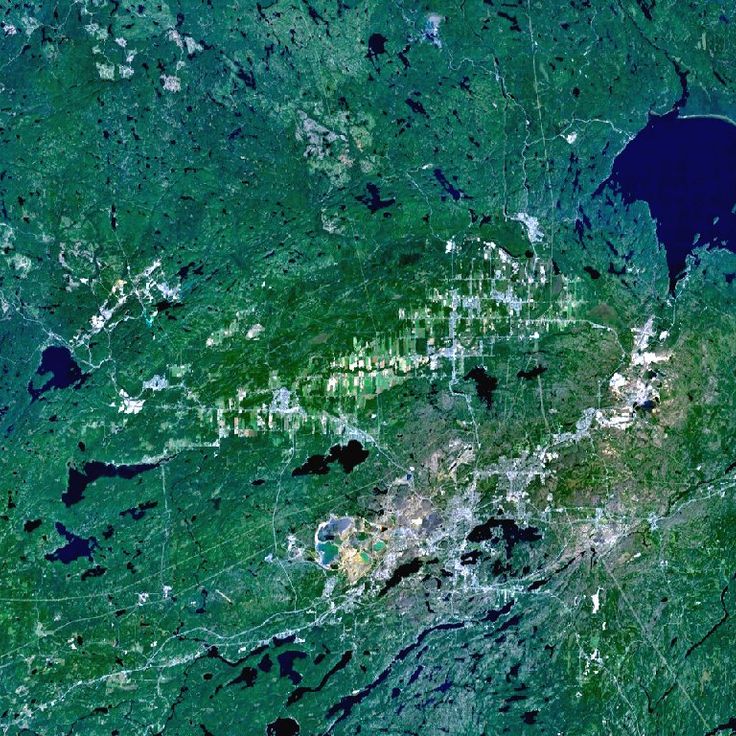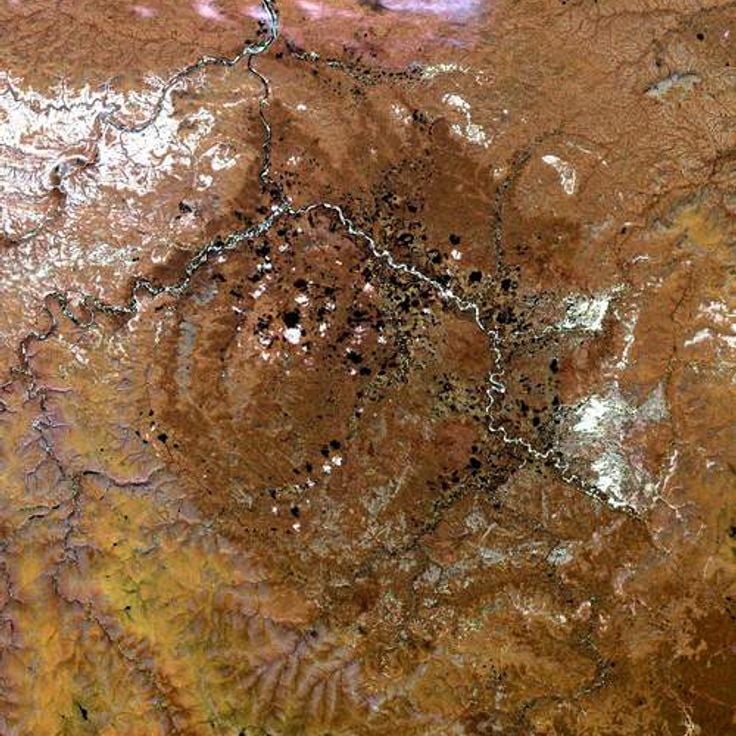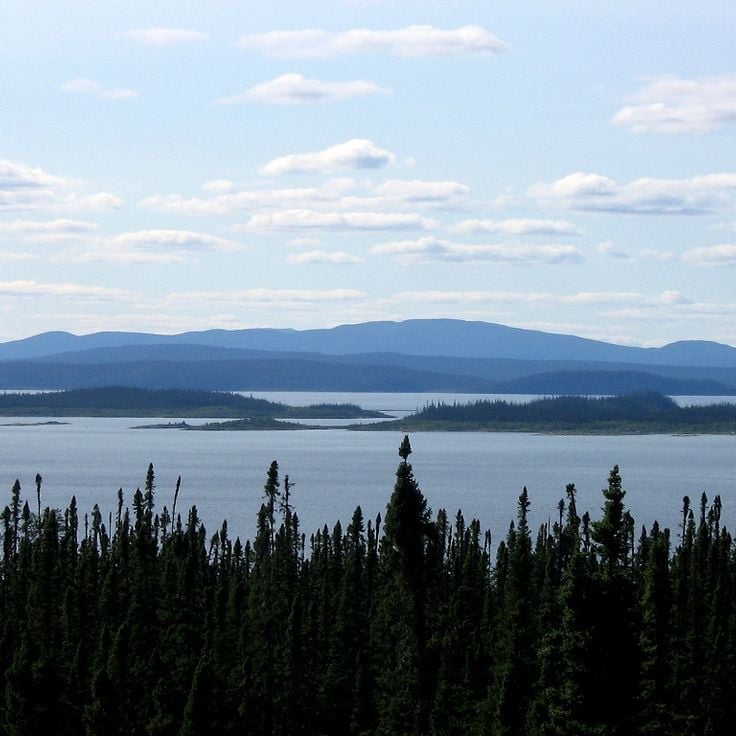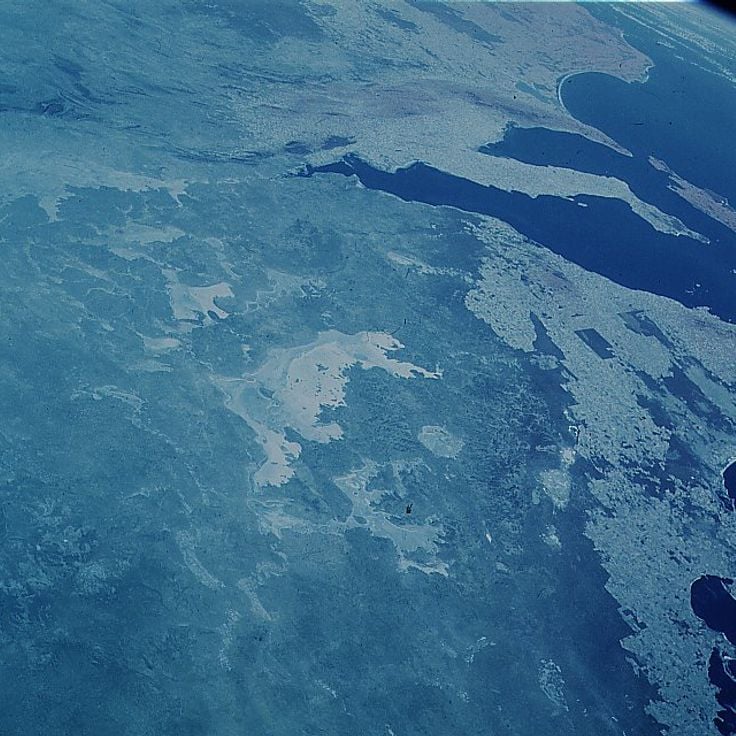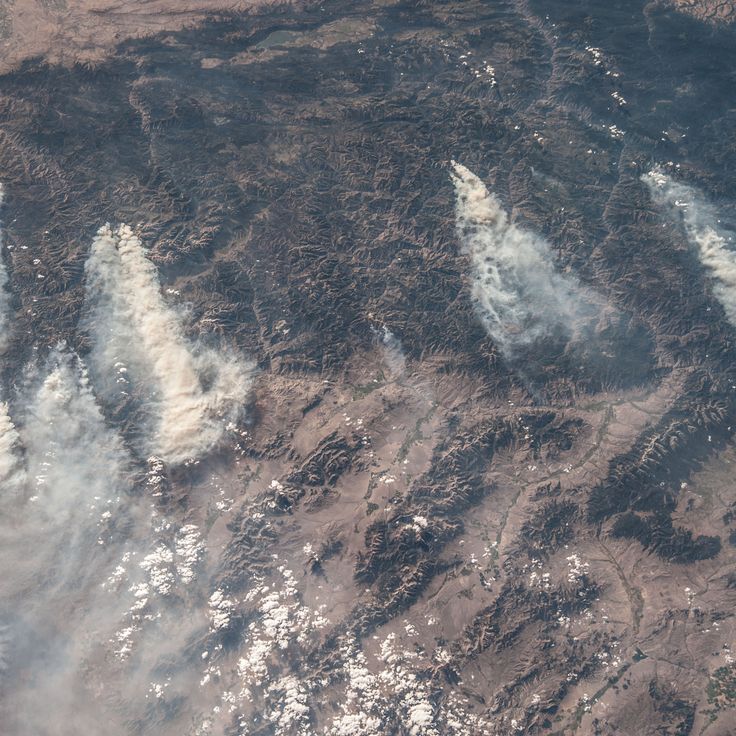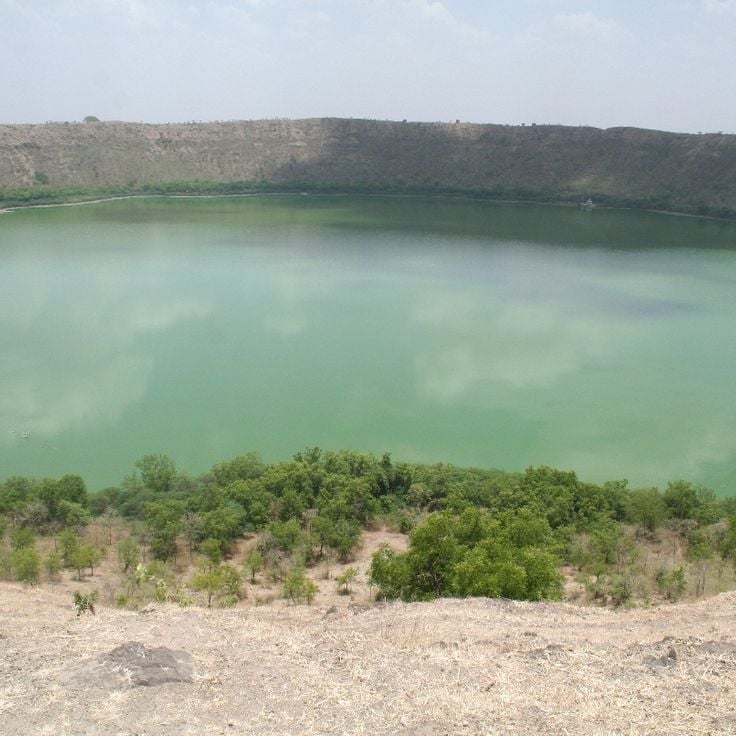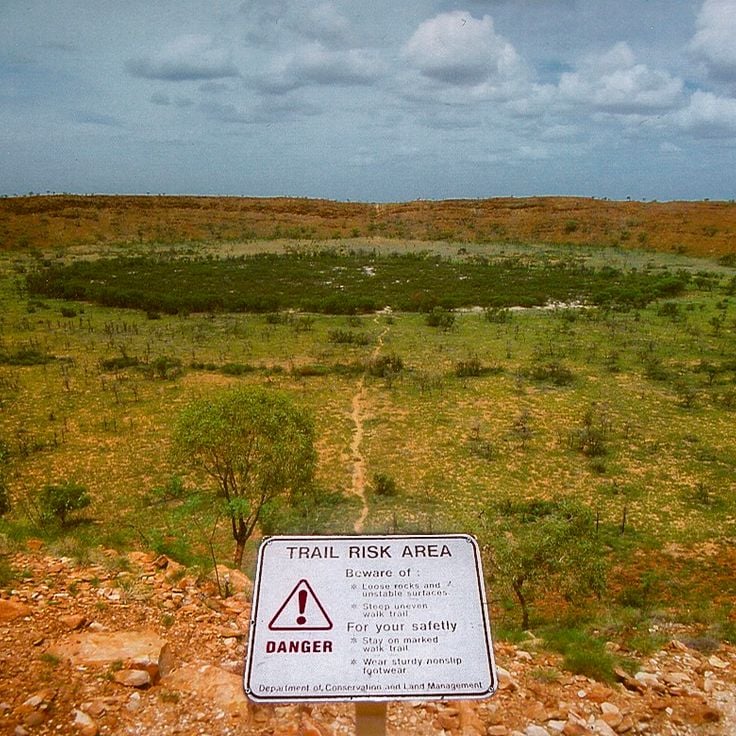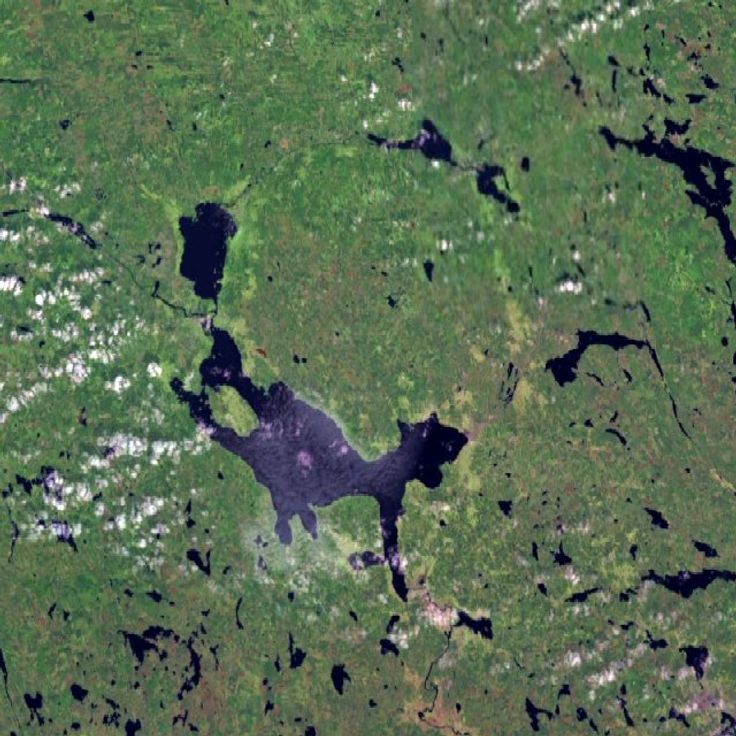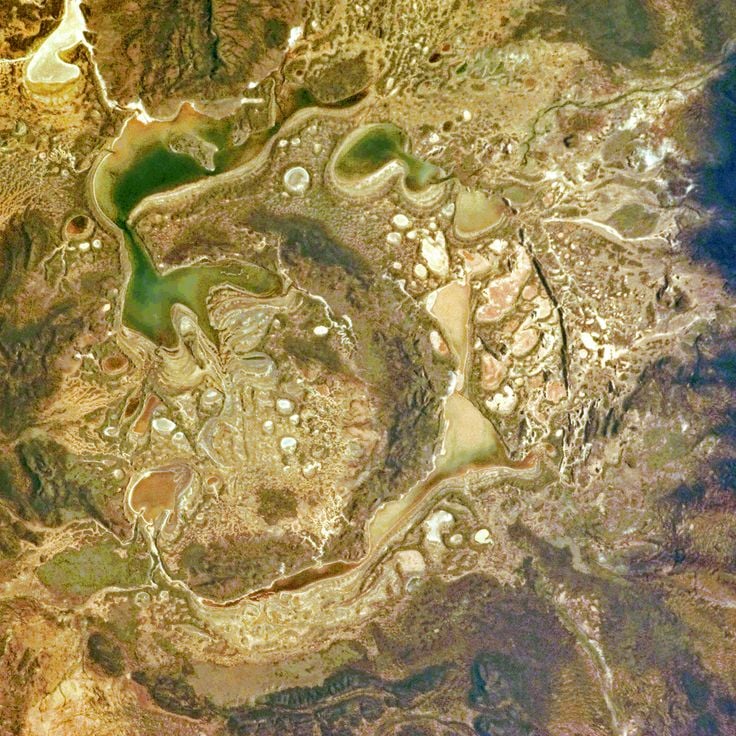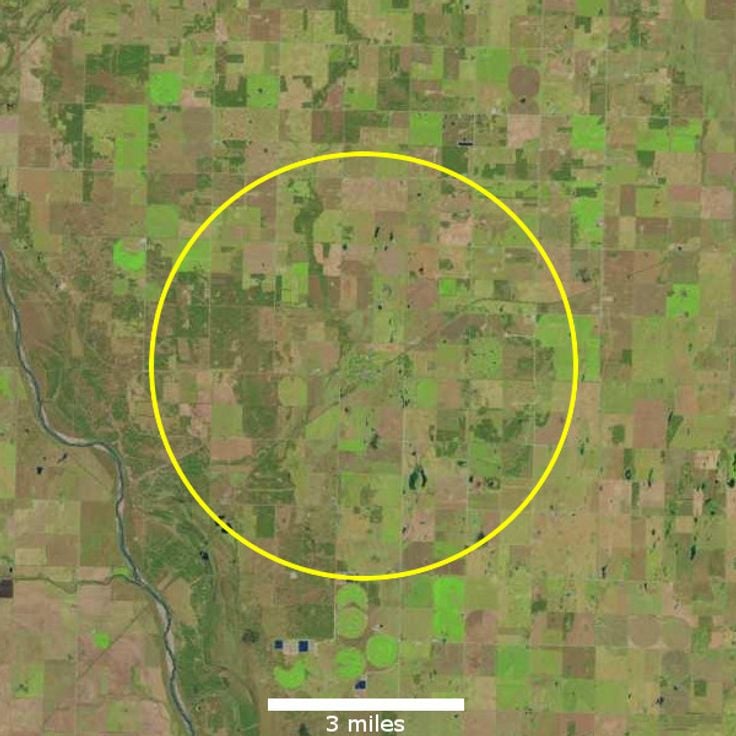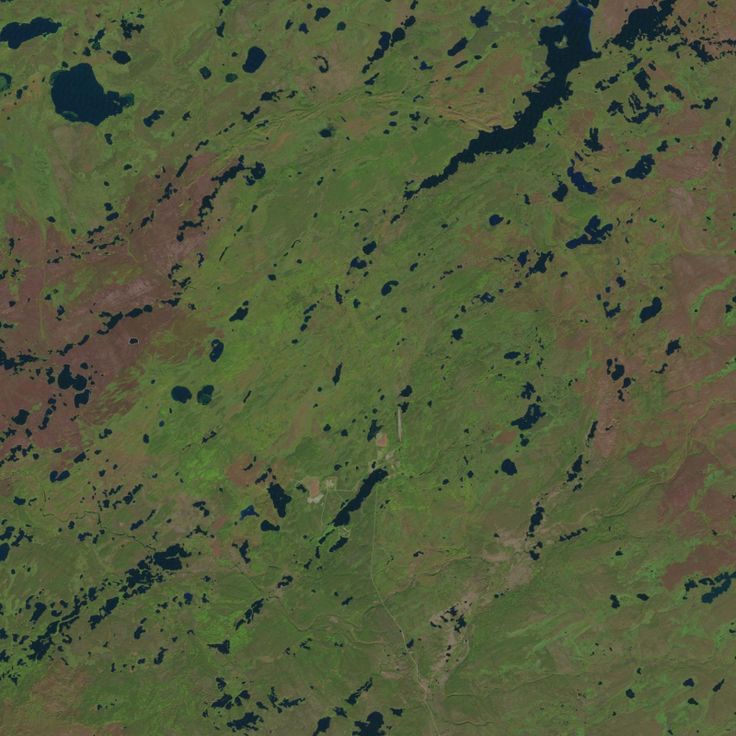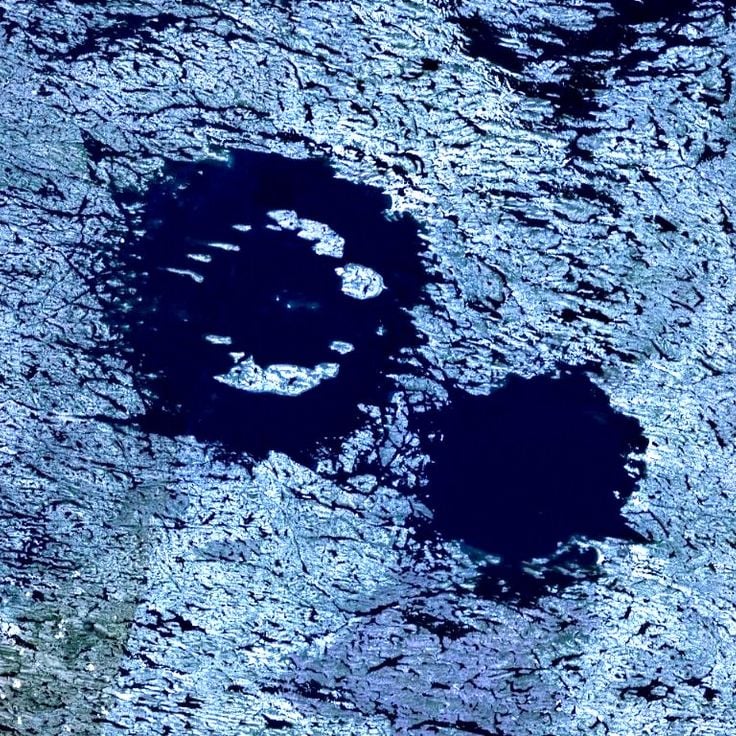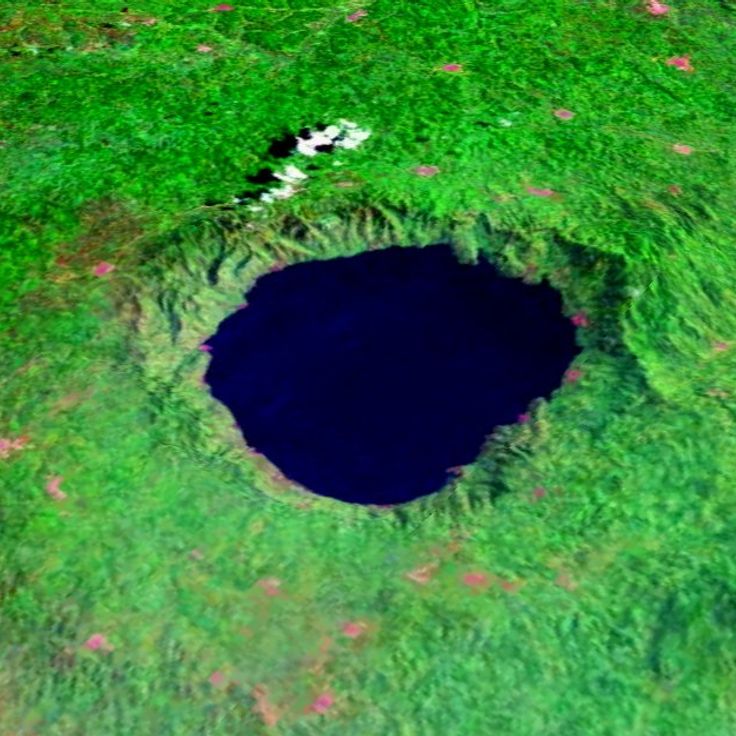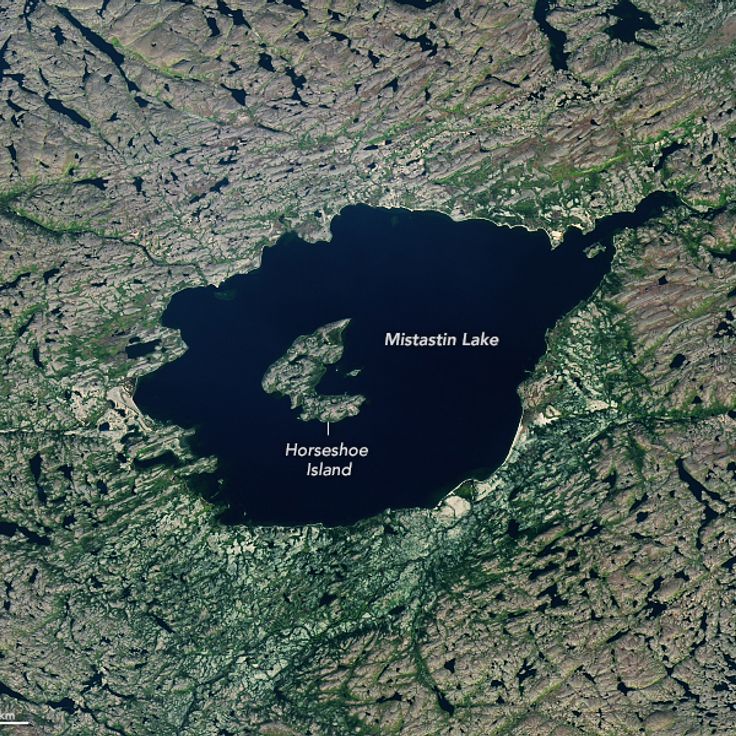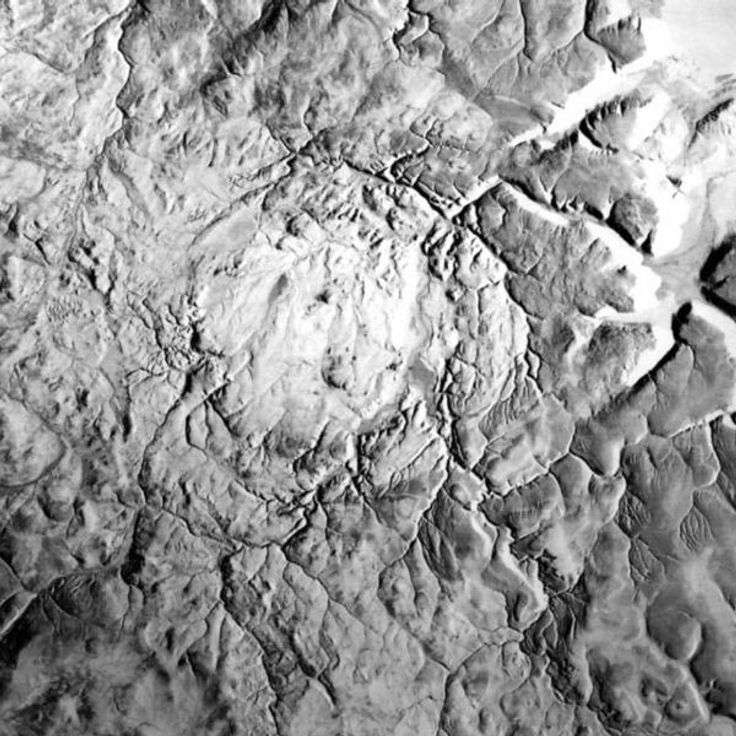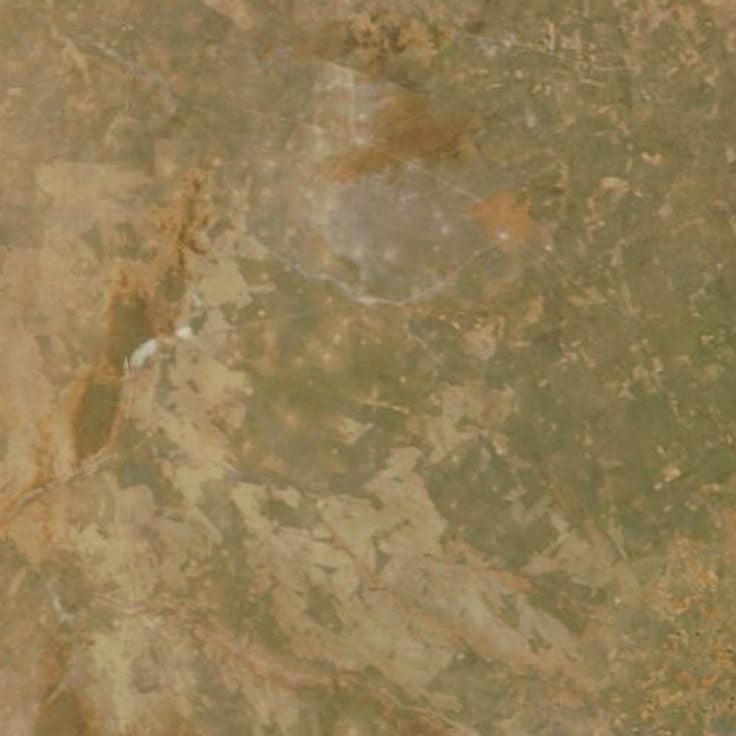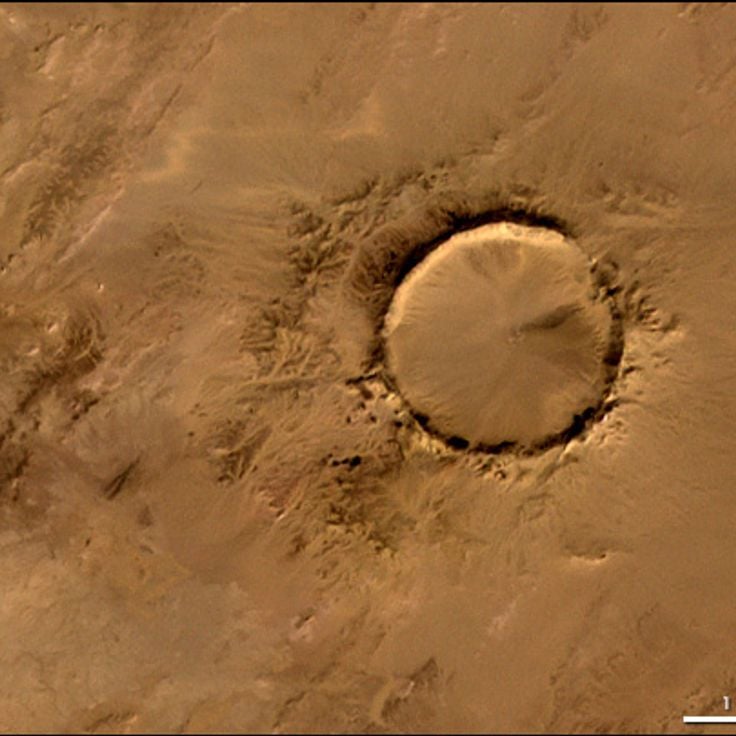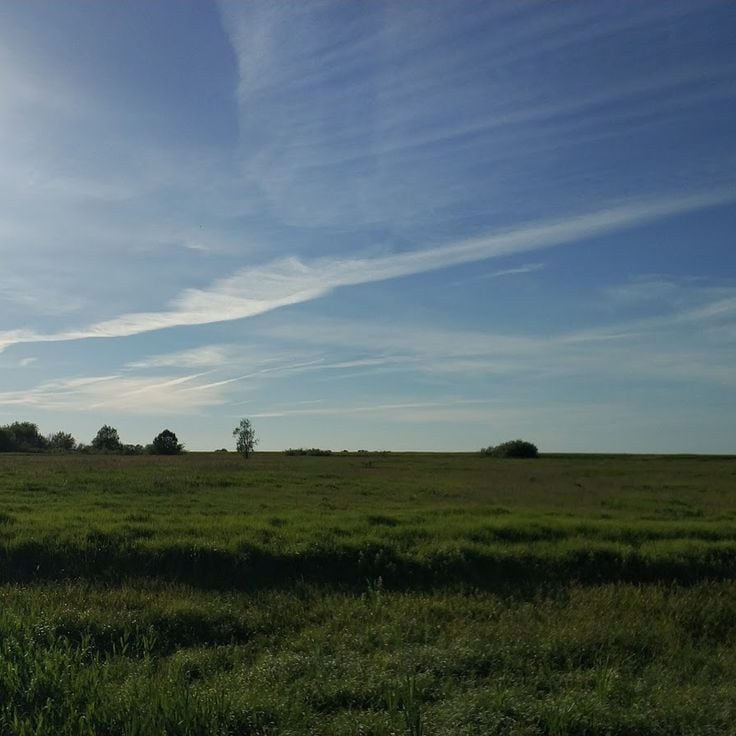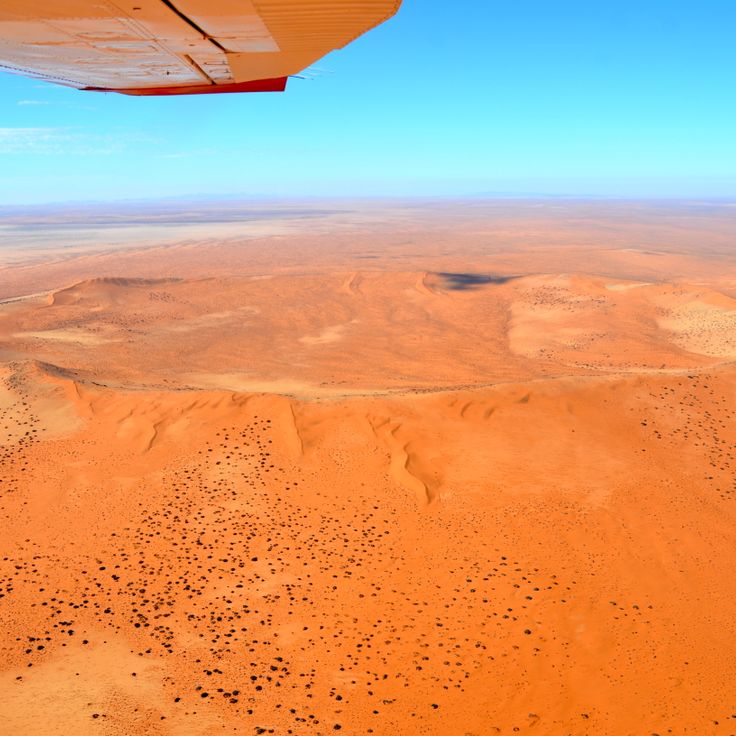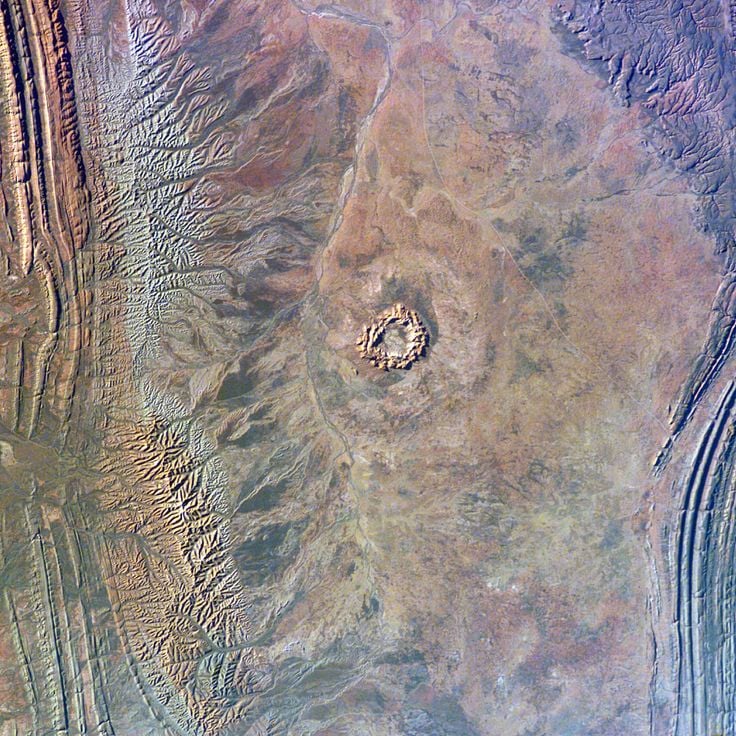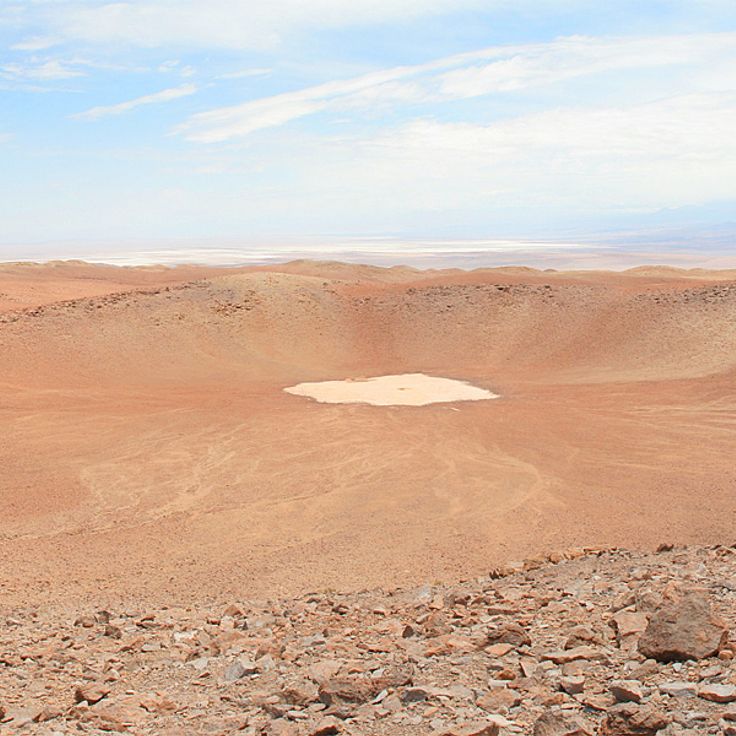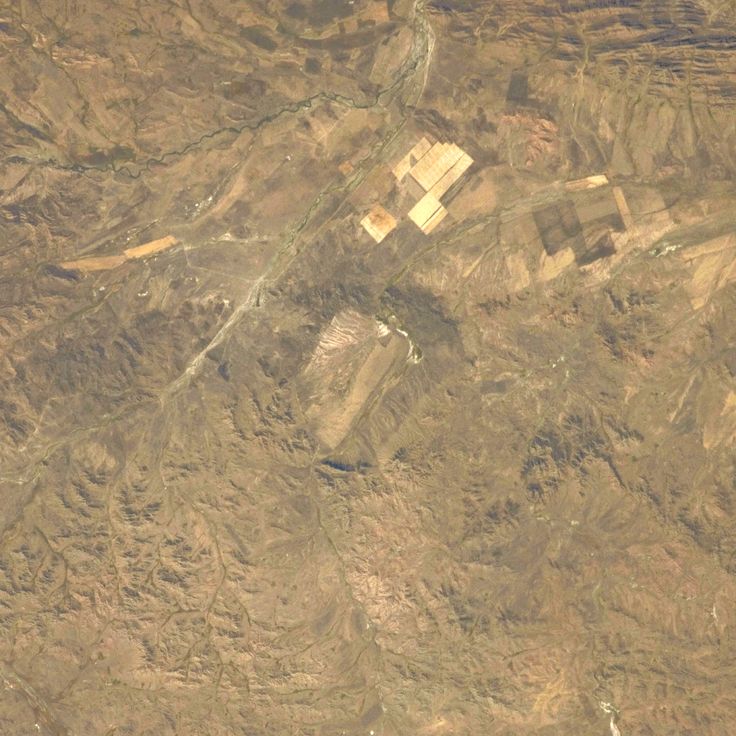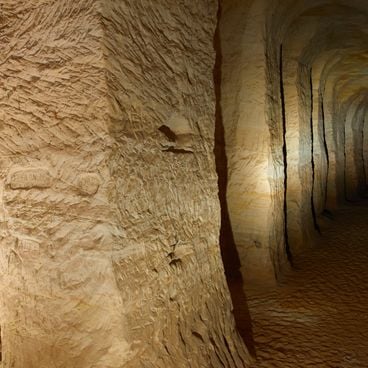Meteorite impact craters are scars on Earth's surface created when asteroids collided with our planet. These geological structures range from 110 meters to 300 kilometers in diameter and tell stories spanning millions of years. The collision created extreme heat and pressure, forging rare minerals like diamonds, nickel, and copper. Scientists study these craters to understand Earth's history and the cosmic events that shaped our world. Impact craters are scattered across the globe. Barringer Crater in Arizona shows where an asteroid struck roughly 50,000 years ago, leaving a clean, circular depression. The enormous Chicxulub Crater beneath Mexico marks an event 66 million years ago that ended the age of dinosaurs. In Africa, the ancient Vredefort Dome in South Africa stands as evidence of one of the oldest known impacts. Canada's Sudbury Basin and Russia's Popigai Crater hold rich mineral deposits. Australia's red deserts contain multiple craters including Wolfe Creek and Gosses Bluff, while smaller but recent impacts like Kaali in Estonia show these events continue. These locations help us grasp the power of cosmic forces. Visitors can see how nature reshapes itself after catastrophic events. Each crater carries a different story of collision, transformation, and resilience.
The Barringer Crater marks where an iron meteorite 50 meters wide collided with Earth roughly 50,000 years ago, creating this crater 1.2 kilometers across. This impact site helps scientists study our planet's history and cosmic events. The crater contains distinct minerals that formed from the collision.
Chicxulub Crater marks the location where an asteroid collided with Earth, creating a crater roughly 180 kilometers in diameter. This geological structure played a role in the mass extinction of dinosaurs around 66 million years ago. The crater helps scientists study Earth's history and cosmic events that have shaped our planet.
The Vredefort Dome is one of the oldest and largest impact structures on Earth. An asteroid between 10 and 15 kilometers wide struck about 2 billion years ago and created a crater 300 kilometers in diameter. This geological formation helps scientists better understand the history of our planet and cosmic events.
The Sudbury Basin is a meteorite crater in Ontario, Canada, formed 1.85 billion years ago when an asteroid struck Earth. This impact site reveals how collisions shaped our planet and marks an important location for studying cosmic events and Earth's history. The crater contains substantial nickel and copper deposits that help scientists learn about our world's past.
The Popigai Crater is part of this collection of meteorite craters that mark where asteroids have hit Earth. This 100 kilometer wide structure formed from a meteorite impact and holds one of the world's largest diamond deposits. Scientists study craters like this one to learn about Earth's history and the cosmic events that shaped our planet.
This Manicouagan Reservoir is a crater formed by a meteorite impact 214 million years ago. The circular lake measures 70 kilometers in diameter and clearly shows the traces of this cosmic event. This geological structure helps scientists understand Earth's history and its collisions with asteroids. The reservoir contains minerals that form during such impacts and provides insight into past cosmic events.
The Acraman Crater is a geological structure formed when an asteroid collided with Earth. Located in the Lake Gilles area of South Australia, this crater spans 90 kilometers across and dates back approximately 590 million years. It serves as an important location for studying Earth's history and the cosmic events that have shaped our planet. The crater contains distinct minerals that reveal information about both the impact and the ancient landscape.
The Kara Crater marks the location where an asteroid collided with Earth 70 million years ago. This 65 kilometer wide crater in the arctic tundra shows how cosmic events have shaped our planet's landscape. Its rock contains minerals formed during the impact, helping scientists study Earth's history and the effects of meteorite collisions.
The Beaverhead Impact Structure is a geological formation in the Beaverhead Mountains in Idaho, created by an asteroid collision 600 million years ago. This crater measures about 60 kilometers across and displays heavily eroded features. It helps scientists understand Earth's history and the cosmic events that shaped our planet's surface.
The Lonar Crater in Maharashtra marks where an asteroid hit Earth 52,000 years ago. The impact created this crater in basalt rock formations. Today it contains a salt water lake about 1.8 kilometers wide. This geological structure helps scientists study Earth's history and the cosmic events that have shaped our planet.
Wolfe Creek Crater marks the location where an asteroid struck Earth approximately 300,000 years ago in the Great Sandy Desert. The crater rim rises about 25 meters above the surrounding plains. This impact site helps scientists study our planet's history and cosmic events. The crater contains distinct minerals that form when asteroids collide with Earth.
The Siljan Ring is a crater that formed 377 million years ago when a meteorite struck Earth. This geological structure spans 52 kilometers across central Sweden. The Siljan Ring belongs to meteorite craters that help scientists study Earth's history and cosmic events. Special minerals found in and around the crater reveal information about the impact's effects.
The Kaali Craters on Saaremaa represent a field of nine impact craters formed during the Bronze Age. The largest crater spans 110 meters across, while the smallest measures just 4 meters. This crater field illustrates the effects of asteroid collisions on Earth's surface and provides valuable evidence for scientists studying our planet's history and cosmic events.
Shoemaker Crater marks the spot where an asteroid struck Earth 1.7 billion years ago. This impact crater measures 30 kilometers across and helps scientists study our planet's past and cosmic events. The rock layers here show signs of a massive tsunami that occurred after the collision.
The Ames Crater is a buried meteorite impact site in Oklahoma and represents one of Earth's craters showing how asteroids collided with our planet. With a diameter of 16 kilometers, this crater revealed valuable mineral deposits when studied. Oil reserves lie within the crater's center, demonstrating how cosmic events shaped the region's geology and resources.
Carswell Crater marks the spot where an asteroid collided with Earth millions of years ago. This impact structure spans 39 kilometers across. Raised rock masses in its center contain uranium deposits. The crater helps scientists study Earth's history and understand cosmic events that have shaped our planet.
Clearwater Lakes are two circular water bodies in Quebec, Canada, formed when two meteorites struck Earth's surface. These lakes show the traces of cosmic events and help scientists understand Earth's history and its collisions with celestial bodies.
The Bosumtwi Crater in Ashanti marks where an asteroid struck Earth long ago. This crater spans about 10.5 kilometers across and holds a lake roughly 8 kilometers wide. Scientists study this site to learn about Earth's past and the cosmic events that shaped our planet. Local people depend on the lake for fishing and daily life, and the surrounding hills create a landscape shaped by this ancient collision.
The Mistastin Crater is a Devonian period meteorite impact crater featured in this collection of sites where asteroids have collided with Earth. With a diameter of 28 kilometers, this crater shapes the landscape of Newfoundland and Labrador. A lake sits at its center, formed by the immense impact that occurred millions of years ago. This location allows scientists to study Earth's history and the cosmic events that have shaped our planet.
This impact crater on Earth marks where an asteroid collided with our planet. The Haughton Crater spans 23 kilometers across and formed 39 million years ago. Scientists study it to understand Earth's history and cosmic events. NASA uses the site for geological research connected to Mars exploration.
The Morokweng Crater is a buried meteorite crater from the Jurassic period beneath the Kalahari Desert. Measuring 70 kilometers across, this crater marks a place where an asteroid collided with Earth. The crater contains special minerals and helps scientists study our planet's history and cosmic events.
The Tenoumer Crater in Adrar marks the location where a meteorite struck Earth about 21,400 years ago. This geological structure shows how asteroids collide with our planet and shape the landscape. The crater's walls rise 110 meters (360 feet) above the surrounding basalt rocks, creating a distinct depression in the desert. Scientists study craters like this to learn about Earth's history and the cosmic events that have affected our world.
Karla Crater marks the spot where an asteroid struck Earth long ago. Today, a lake fills this impact crater, creating a striking landscape. The outer structure reveals sedimentary rock and material from the meteorite collision. This crater allows scientists to study Earth's history and the cosmic events that shaped our planet.
The Roter Kamm Crater formed 3.7 million years ago when an asteroid struck granite bedrock. This impact crater demonstrates how cosmic events have shaped Earth. Sand from the Namib Desert now covers the crater floor and shifts with the seasons.
Gosses Bluff Crater is a circular depression with a 22 kilometer diameter in the Australian landscape formed by a meteorite impact 142 million years ago. This crater demonstrates how cosmic events have shaped Earth and helps scientists understand the history of our planet.
Monturaqui Crater is an impact depression in Chile's Atacama Desert and forms part of Earth's meteorite craters, locations where asteroids have collided with our planet. The crater spans 370 meters in diameter and formed approximately one million years ago from a meteorite impact. These geological structures help scientists study Earth's history and understand cosmic events that have shaped our world.
The Bigach Crater formed approximately 5 million years ago when a meteorite collided with Earth, creating a circular depression with an 8 kilometer diameter in Kazakhstan. This crater is one of the geological structures that marks where asteroids have hit our planet. Scientists study craters like this one to learn about Earth's history and events from space.
Zhamanshin Crater is a geological formation created by a meteorite impact approximately 900,000 years ago in a Kazakh region. This crater measures 13 kilometers across and stands as evidence of a cosmic collision with Earth. Scientists study Zhamanshin Crater to learn how asteroids shape our planet and to understand the mineral deposits that form when meteorites strike the surface.
